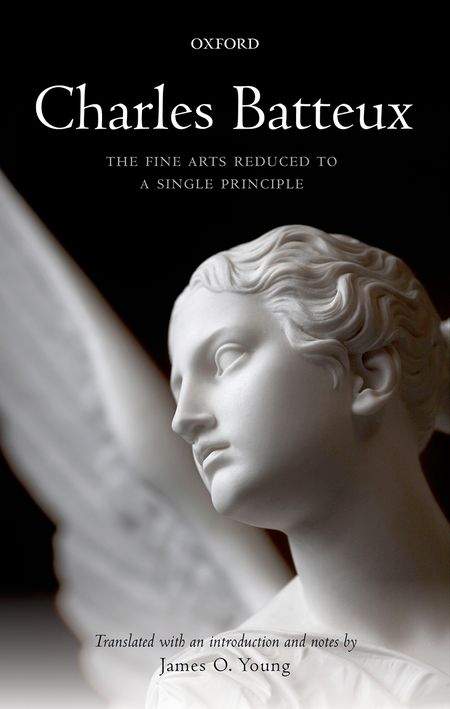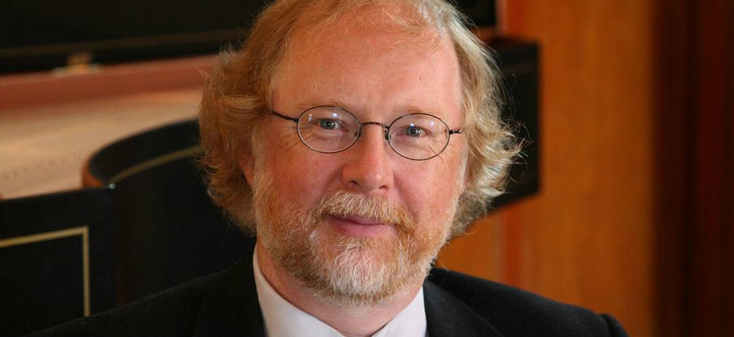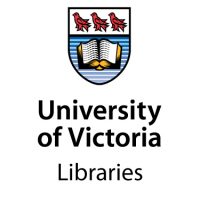Each year UVic faculty, staff, students, alumni, and retirees produce an incredible amount of intellectual content reflecting their breadth and diversity of research, teaching, personal, and professional interests. A list of these works is available here.
 Charles Batteux: The Fine Arts Reduced to a Single Principle is the first and only complete English translation of Batteux. This recent title translated, annotated, and introduced by UVic Philosophy faculty member James O. Young, will be an invaluable resource for anyone interested in the arts and history of ideas.
Charles Batteux: The Fine Arts Reduced to a Single Principle is the first and only complete English translation of Batteux. This recent title translated, annotated, and introduced by UVic Philosophy faculty member James O. Young, will be an invaluable resource for anyone interested in the arts and history of ideas.
About the Book
The Fine Arts Reduced to a Single Principle (1746) by Charles Batteux was arguably the most influential work on aesthetics published in the eighteenth century. It influenced every major aesthetician in the second half of the century: Diderot, Herder, Hume, Kant, Lessing, Mendelssohn, and others either adopted his views or reacted against them. It is the work generally credited with establishing the modern system of the arts: poetry, painting, music, sculpture and dance. Batteux’s book is also an invaluable aid to the interpretation of the arts of eighteenth century. And yet there has never been a complete or reliable translation of The Fine Arts into English. Now James O. Young, a leading contemporary philosopher of art, has provided an eminently readable and accurate translation. It is fully annotated and comes with a comprehensive introduction that identifies the figures who influenced Batteux and the writers who were, in turn, influenced by him. The introduction also discusses the ways in which The Fine Arts has continuing philosophical interest. In particular, Young demonstrates that Batteux’s work is an important contribution to aesthetic cognitivism (the view that works of art contribute importantly to knowledge) and that Batteux made a significant contribution to understanding the expressiveness of music. This book will be of interest to everyone interested in the arts of the eighteenth century, French studies, the history of European ideas, and philosophy of art.
About the Author
Dr. James O. Young works on both philosophy of language and philosophy of art. His work in philosophy of language focuses on theories of truth and on the debate between realists and anti-realists. In philosophy of art, he is particularly interested in philosophy of music, art as a source of knowledge, and ontological and moral questions raised by reflection on the arts. Currently he is working on relativism and realism about the truth values of aesthetic judgements. He is also working on a project on intellectual property in the arts.
In addition to his many books, Dr. Young has written over fifty articles in refereed journals. He has also published in journals of archaeology, musicology and psychology. Several of his articles have been reprinted. Some of his work has been translated into Chinese, Korean, Spanish and Russian. His contribution to the Stanford Encyclopedia of Philosophy, an article on the coherence theory of truth, can be found at http://plato.stanford.edu.
Dr. Young has a practical as well as a philosophical interest in music. He is a harpsichordist and has been Artistic Director of the Early Music Society of the Islands for many years.
Praise for the Book
“…the translation is a great success. It is both readable and, so far as I can tell with the aid of a French dictionary, highly accurate…Young has done a great service by providing this annotated translation.” — Notre Dame Philosophical Reviews Online
“…Young has done the study of early modern aesthetics a significant service. His translation and notes make Batteux’s work available in a way that it has not been before. Young’s translation… is an important addition to the literature, therefore.” – Dabney Townsend, The Journal of Aesthetics and Art Criticism
